Celebrating the deep roots of tennis in St. Louis and how the players, coaches and champions changed the world.
Explore the history

How did tennis get beyond Country Clubs to Public Parks and Public Schools, both in St. Louis and across the country?
Dwight Davis, the visionary St. Louis Parks Commissioner, led the way. His administration built tennis courts in St. Louis City parks, introducing the game to the entire population. In 1923, as President of the United States Lawn Tennis Association, and later, including when he was President Calvin Coolidge's Secretary of War, he continued to support tennis for everyone.
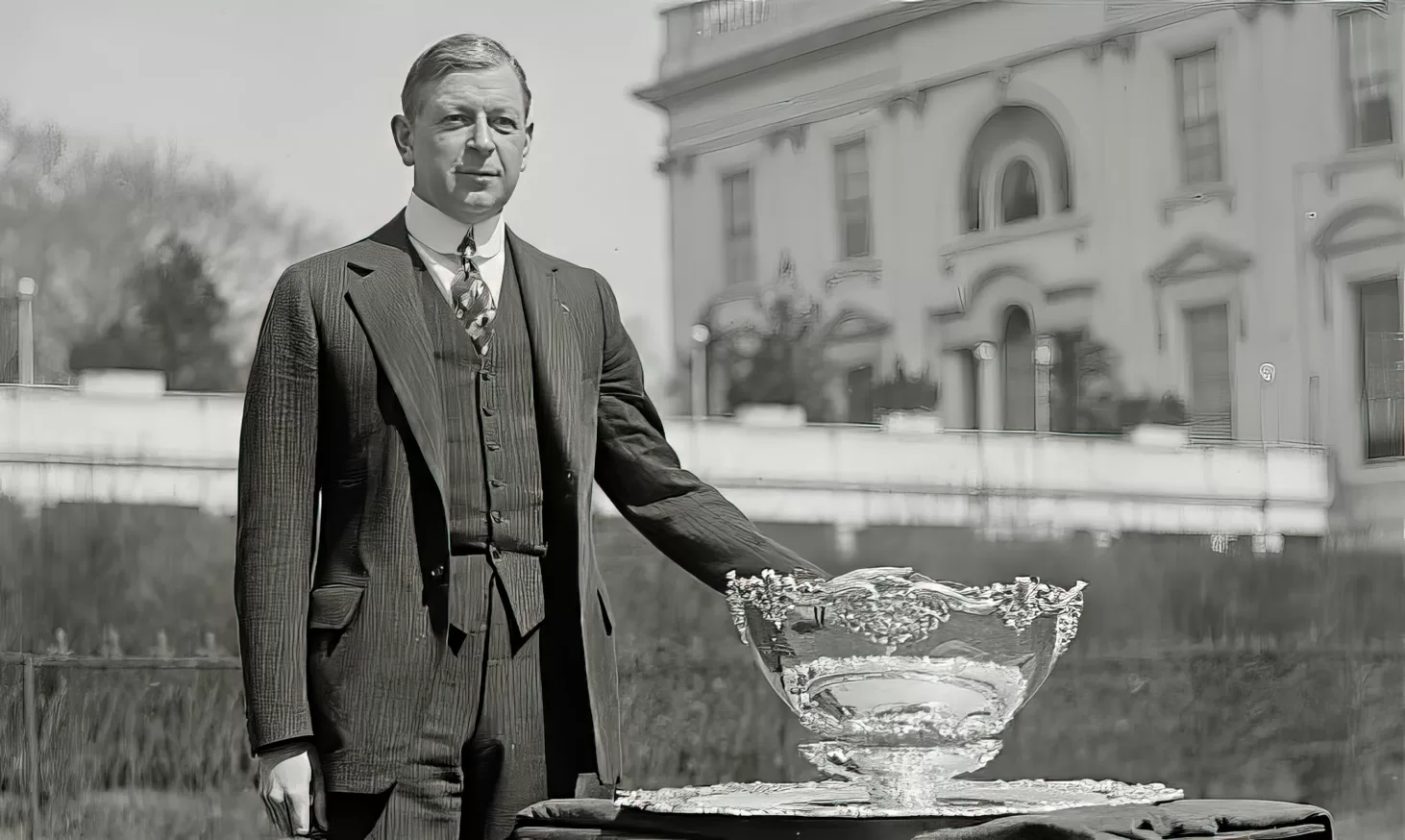
How did tennis become a global sport?
Today, more than 130 countries compete for the Davis Cup, a global team tournament that has helped promote the game, build relationships among nations and develop champions all over the world. You probably knew that already. But did you also know that the Cup was the brainchild of St. Louisan Dwight Davis, more than a century ago?
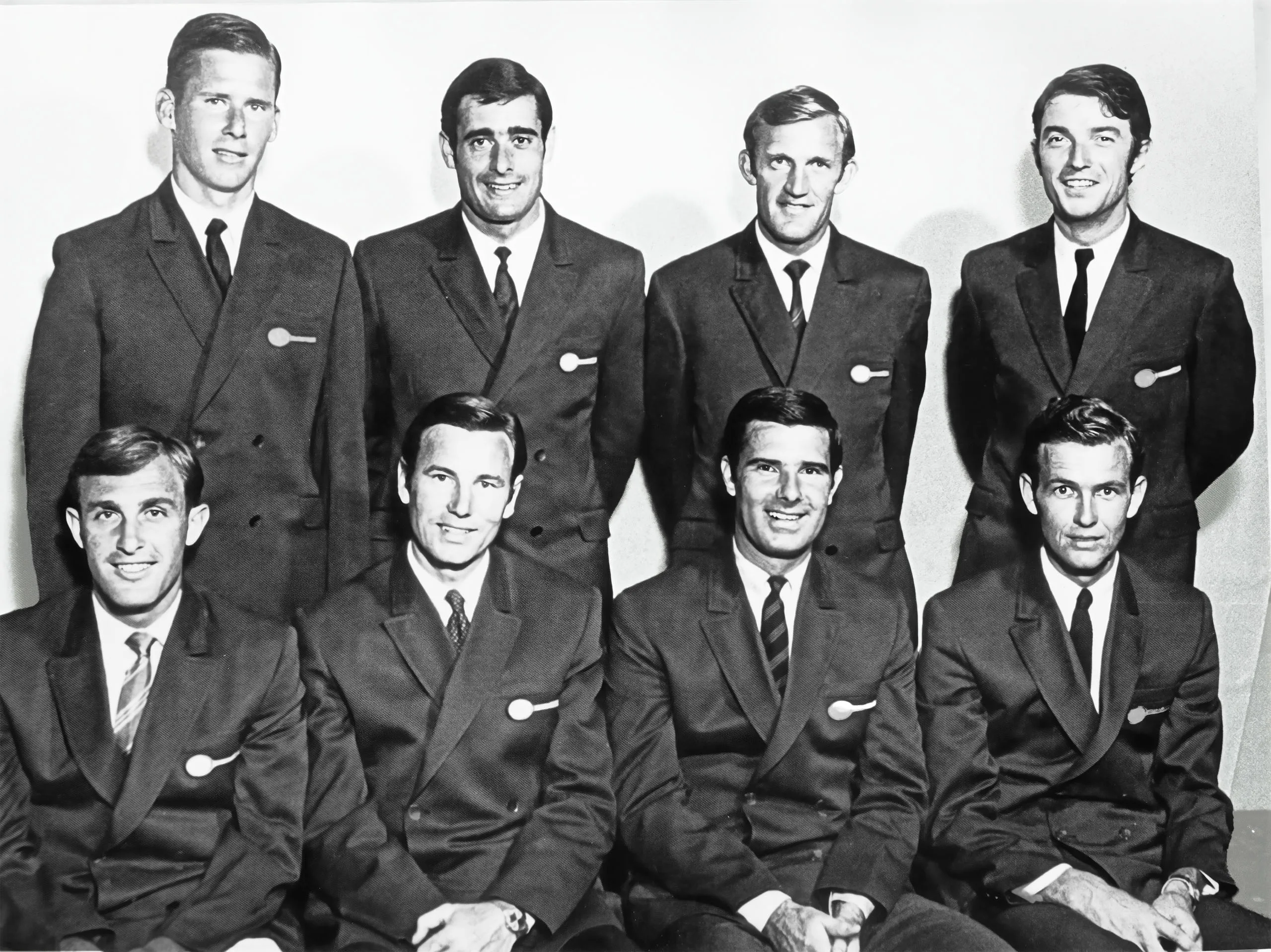
How did St. Louis become a birthplace of professional tennis?
With a lot of help from the Holton and Capps families, Butch Buchholz sponsored some of the first pro tournaments, and they happened in St. Louis. With total prize money of up to $19,000, those events proved the concept: tennis could attract quality players, draw an audience and turn a profit.
The next step was an international tour. Butch and seven other top players—styled The Handsome 8—took pro tennis to the world, paving the way for the Open era.
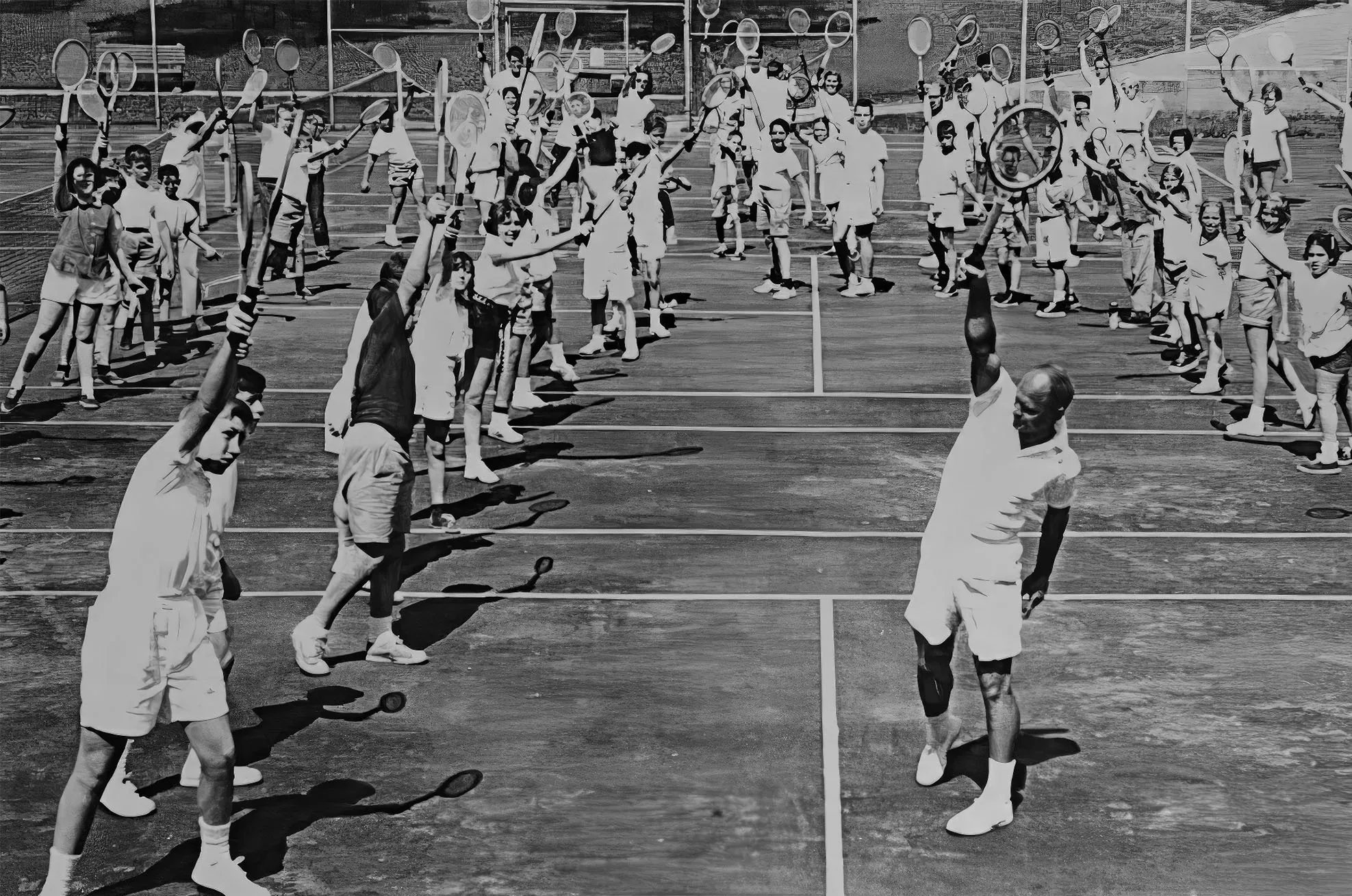
How did St. Louis become a birthplace of tennis for everyone?
St. Louis first became a great tennis town when Richard Hudlin, Earl Buchholz Sr., Alan Carvel and a host of other great teachers and mentors fanned out over the area's public parks and schools—and taught thousands of people.
To this day, tennis is a mainstay on both sides of the river. 2019 inductee Mark Platt leads the nation with award-winning programs that have taken tennis into public schools and county parks. For adult players, his Saturday-night mixers are not just something to do. They've spawned a non-trivial number of marriages among couples who met for the first time at a Platt event—Mark keeps track!
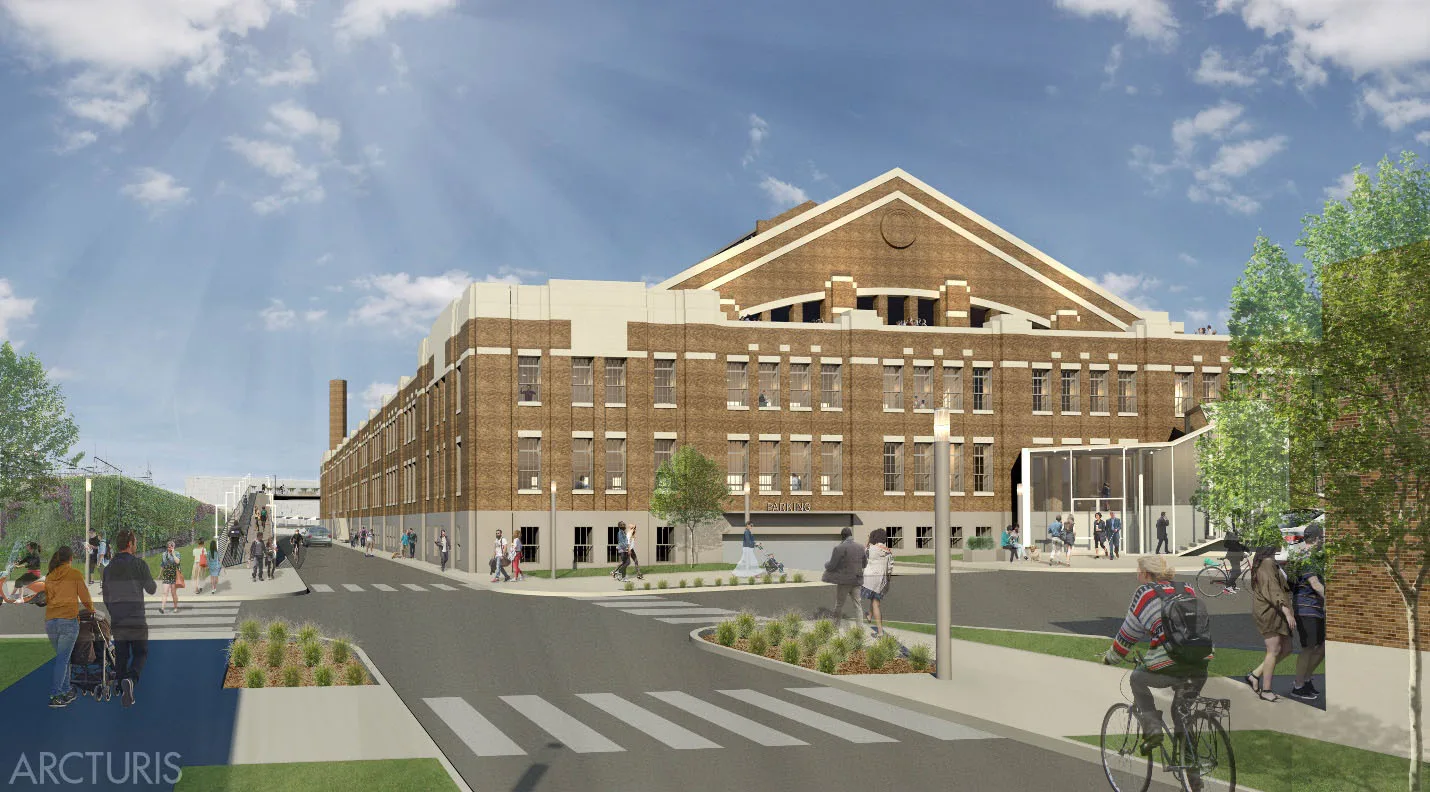
It was cold, dark and full of weapons. How did it come to be the beloved home of a generation of champions?
For starters, the 138 Infantry Armory in the heart of the city had five tennis courts under roof in the fifties and sixties, which every St. Louis player needed if they were going to train and practice in the winter. It had a slick wood floor, because it was also the gym, which made the surface screaming fast.
Collectively, the players in the Armory era brought home more than 500 national and international tennis titles—including 22 Grand Slams in singles and doubles. That's a record that warms local tennis people's hearts every time we think of it.
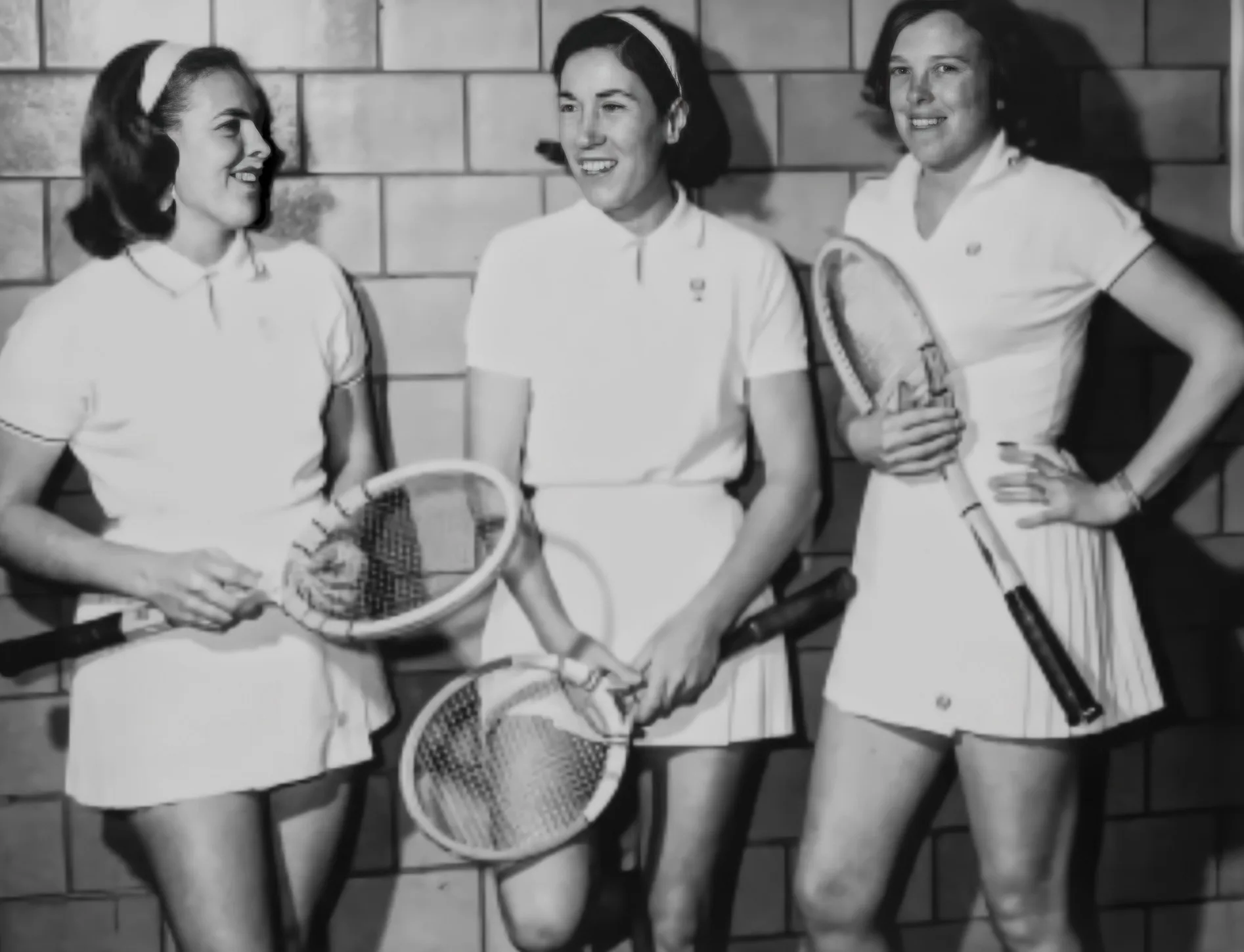
What made 1964 a banner year for St. Louis tennis?
That was the year Carol Hanks (now Aucamp), Mary Ann Eisel (now Beattie) and Justina Bricka all ranked in the top ten in the US. And, yes, they trained and played in the Armory, together and with the great men of the era.
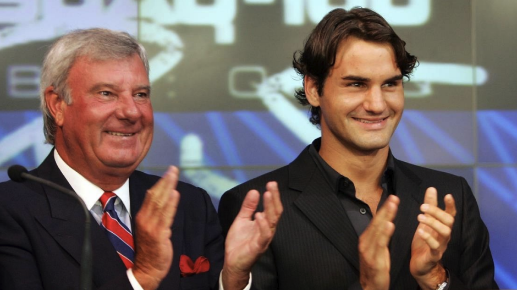
What else did Butch Buchholz do to make pro tennis the global economic and cultural force it is today?
A great champion and one of the first touring pros in the game, Butch also was a great champion of the game. That made him a visionary.
From his early tour with the Handsome 8 to his roles in the founding of the ATP, the WTA and the tournament we know today as the Miami Open, Butch is one person who has led the way in packaging and promoting both the men's and women's games for continuous growth as an unmitigated good in the world.
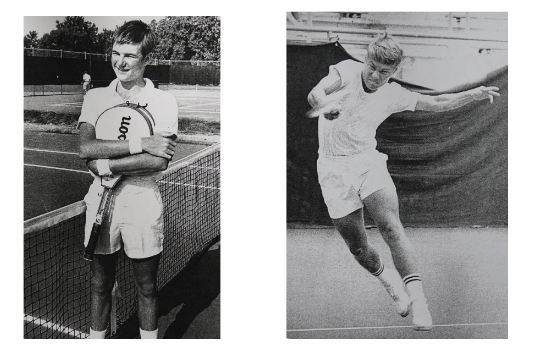
In 1968, the junior nationals was in Michigan. So why was Everyone talking about St. Louis?
That was thanks to Bob McKinley and Jimmy Connors, who were running away with the place. bob won the boys' 18s; Jimmy won the boys' 16s, and nothing in tennis would ever be the same.
Bob hailed from North County; Jimmy was from the East side. Come winter, they met in the middle to train together at the Armory.
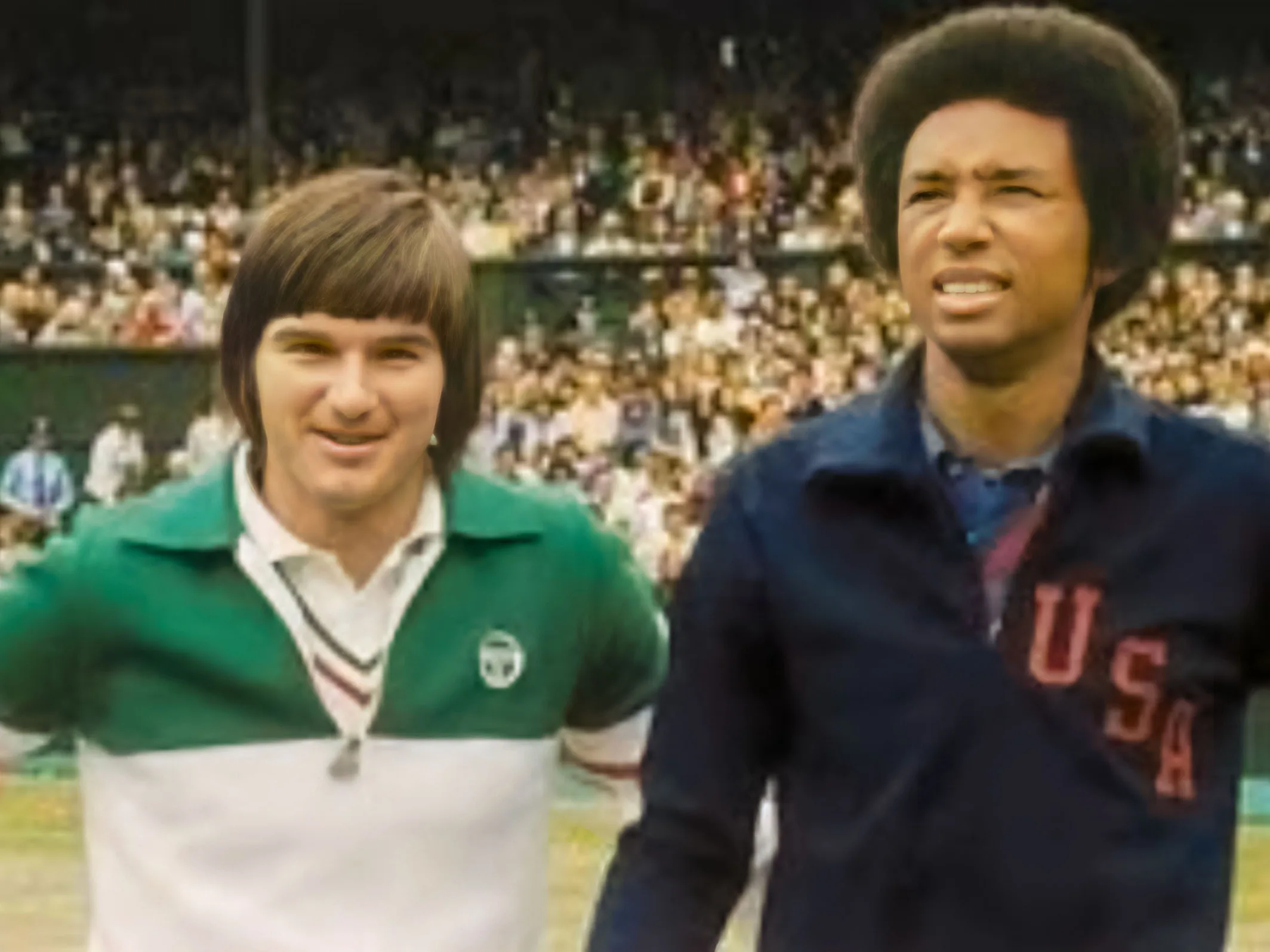
What made 1975 a banner year for St. Louis tennis—and the world?
That year the Wimbledon final was an all-Armory affair. The history books record that Arthur Ashe, who graduated from Sumner High, beat Jimmy Connors, from Belleville, to become the first and to date only Black man to win the Wimbledon singles title. Both men were products of the Armory, training together from Arthur's senior year on.
Arthur is also still the only Black man to have won the US Open and the Australian Open, and he was the first Black man on the US Davis Cup team. (Ed. note: Those St. Louis names just keep popping up!) All told, Arthur would win those three Grand Slams in singles and two more in doubles.
As great a champion as Arthur was on the court, his true legacy remains in the powerful examples he set and the principles he championed off the court, where he lived and died with dignity and grace.
Jimmy was no slouch either. He would go on to hold the ATP's #1 ranking for a then-record 160 weeks in a row and 268 weeks total. By the time he finished in the early 1990s, he had amassed eight Grand Slam titles and a record 109 tournament championships.
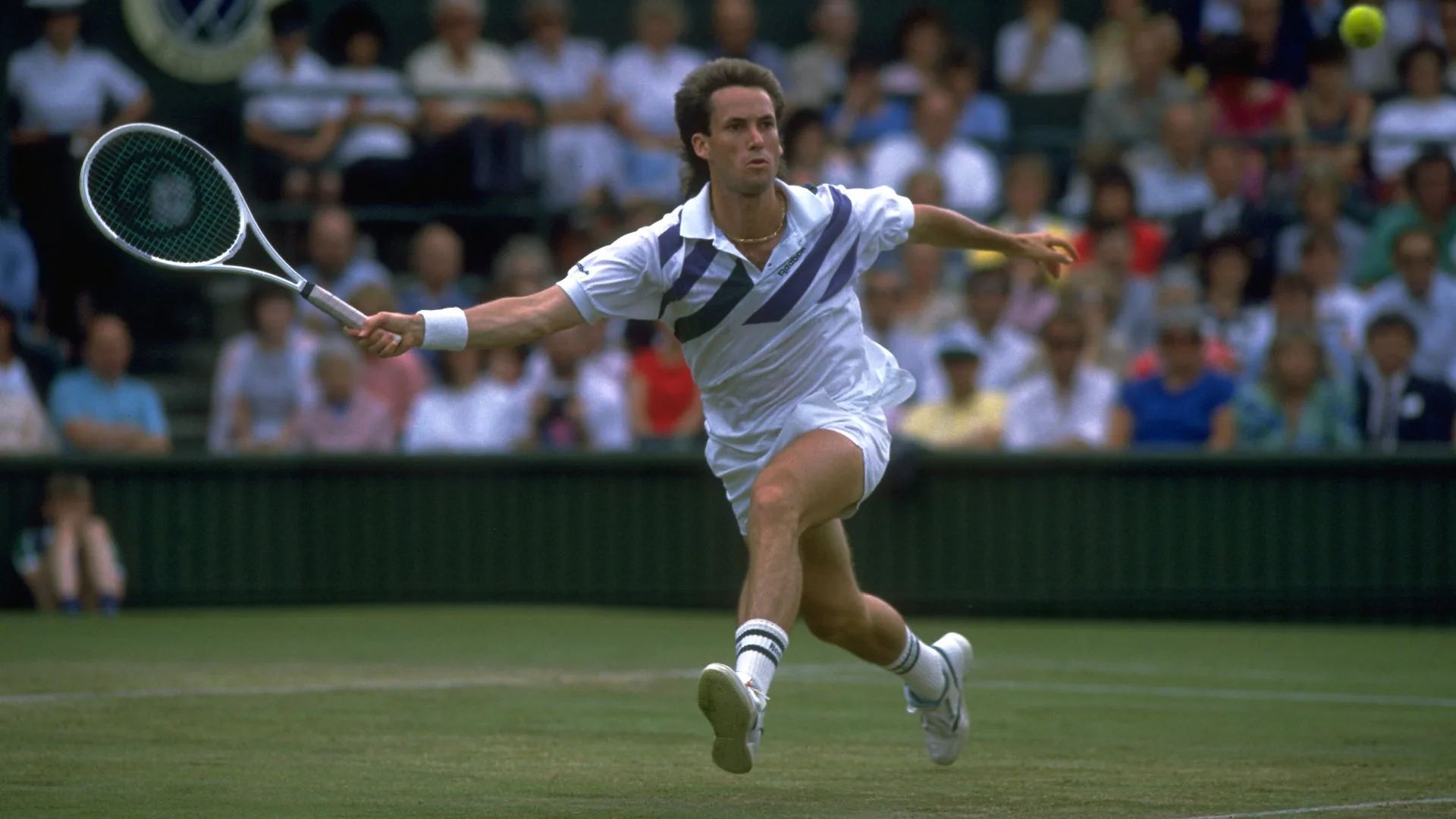
One of the greatest doubles players of all time hailed from St. Louis. Who was he?
The late, incredibly great Ken Flach played at SIUE and brought home 3 NCAA championships. AS a pro, he would go on to amass 34 doubles titles, two US Open Men’s Double titles, two Wimbledon Men’s Doubles titles, a French Open and Wimbledon Mixed doubles title, an 11-2 Davis Cup record and an Olympic Gold Medal in Seoul, South Korea.
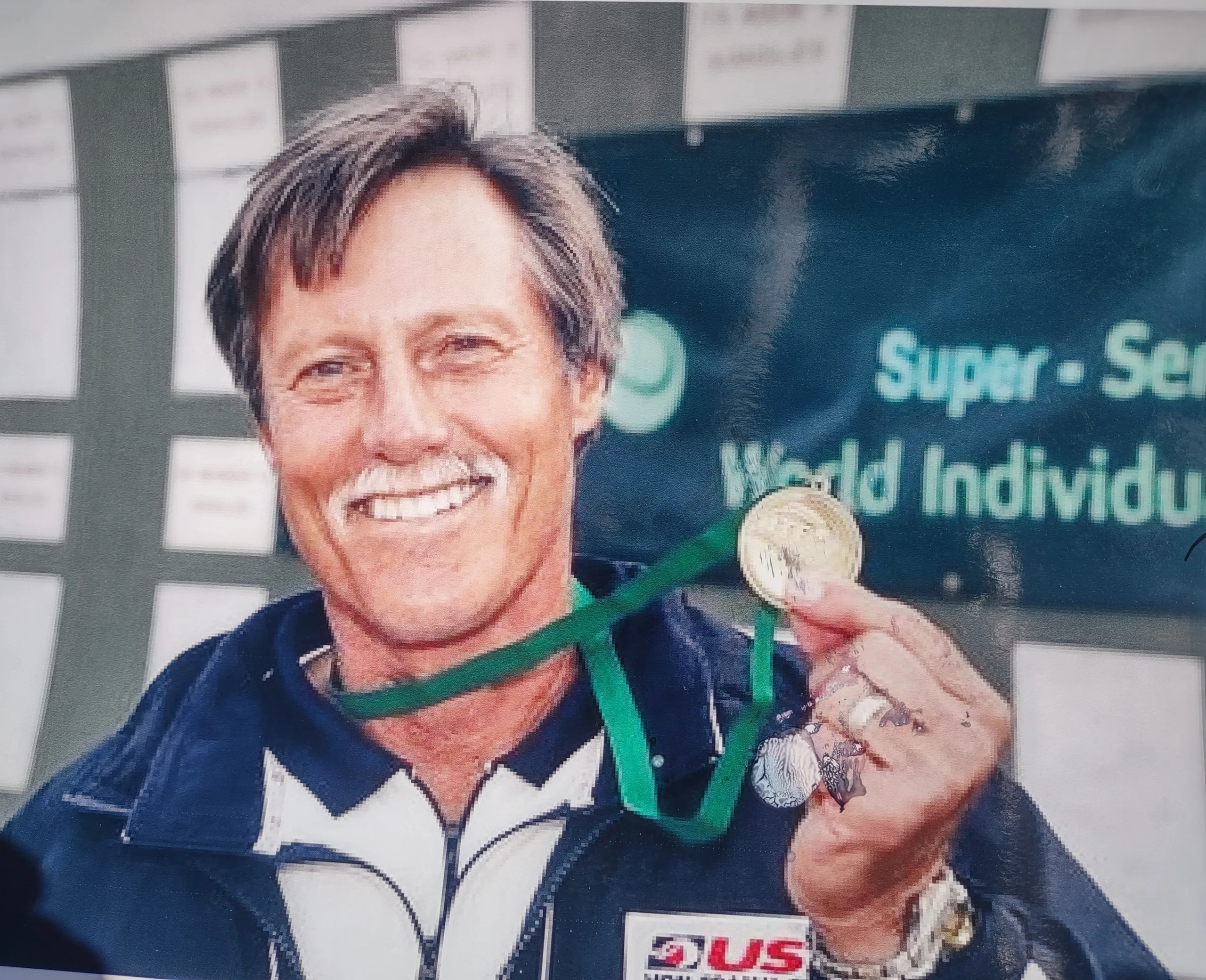
The greatest senior tennis player of all time is, of course, from St. Louis. Who is he?
When you're the youngest member of a family who's already won everything on the court and promoted everything off the court, how do you find your own way? For Jimmy Parker, the answer has been to just. Keep. Winning. Over a 70-year career, he has collected 153 USTA national-championship Gold Balls and 22 international titles.
The St. Louis Tennis Hall of Fame is a trademark of the Triple A Youth Foundation, registration pending.
Site content ©2013-2024 The Triple A Youth Foundation’s St. Louis Tennis Hall of Fame unless covered by the GPL 2.0 or later.

